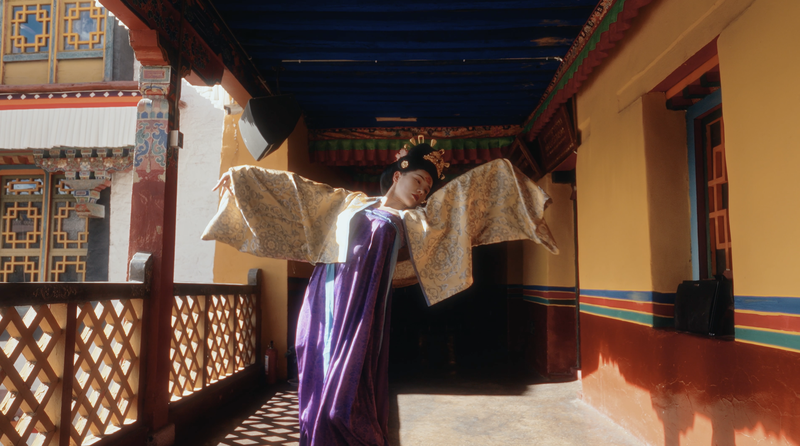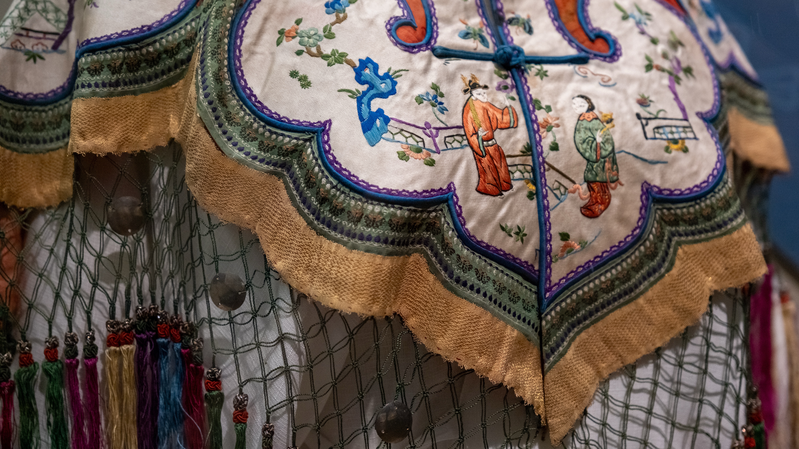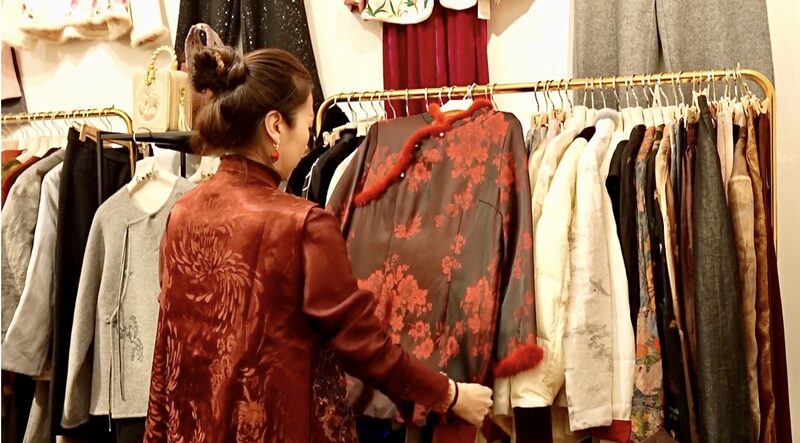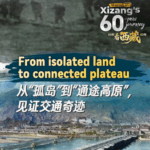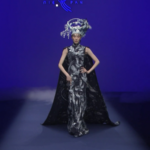Lhasa's sunlit streets have become an unexpected runway for ancient Chinese fashion, as residents and visitors embrace Late Tang Dynasty-inspired attire infused with Tibetan cultural elements. This sartorial revival blends flowing silk robes and intricate embroidery with traditional Himalayan motifs, creating a living tapestry of cross-cultural exchange.
The trend coincides with recent academic findings tracing historical trade routes between the Tang Empire and Tibetan Plateau kingdoms. Researchers suggest these garments symbolize more than aesthetic appreciation – they represent a modern reconnection to shared heritage along the Silk Road's southern branch.
Local artisans report increased demand for hybrid designs that pair Tang-style wide sleeves with Tibetan apron patterns. "When I stitch these fabrics together," says craftsperson Tenzin Dolma, "I feel the same creative energy that once connected Chang'an and Lhasa."
Cultural analysts note the phenomenon aligns with growing interest in sustainable fashion and historical reclamation across Asia. For business observers, it signals opportunities in cultural tourism and ethical textile production, particularly as international buyers show interest in these fusion designs.
Reference(s):
cgtn.com
